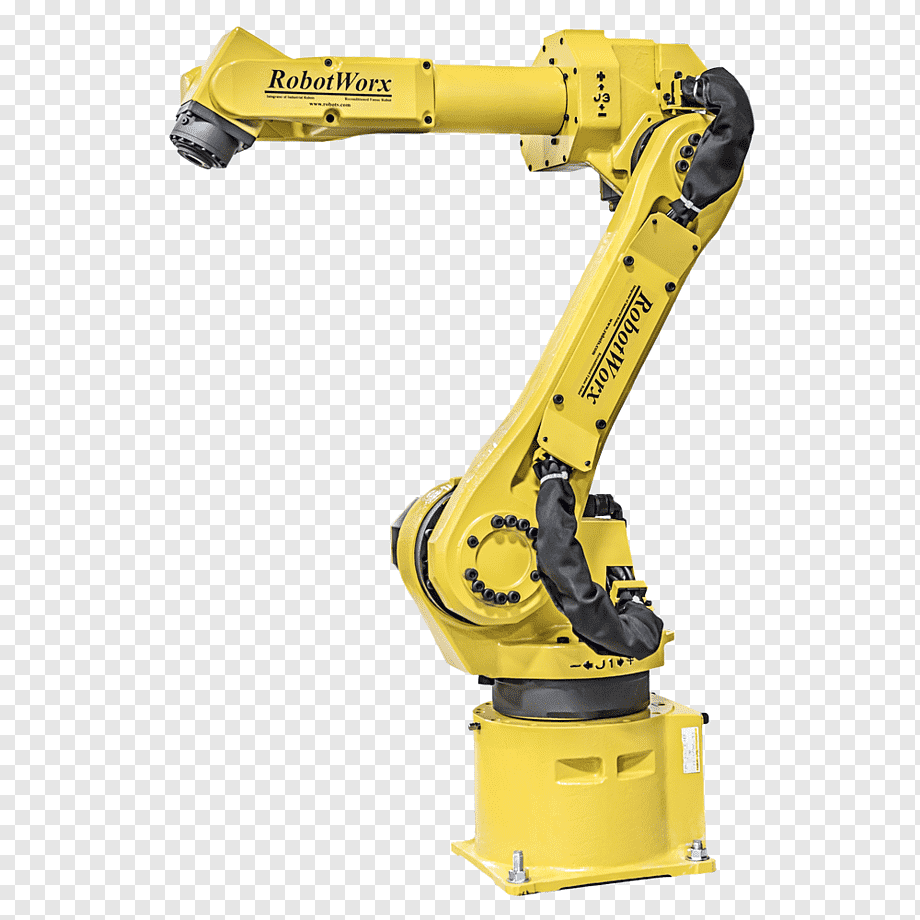The KUKA robotic arm is a cutting-edge piece of technology that has revolutionized industrial automation and manufacturing processes across various industries. Known for its precision, flexibility, and efficiency, the KUKA robotic arm has become a vital tool for businesses looking to streamline their operations. However, the price of a KUKA robotic arm can vary significantly depending on several factors. In this article, we will explore the factors that influence the price of a KUKA robotic arm and provide insights into the benefits and considerations associated with this technology. Wikipedia.org
- Robotic Arm Configurations and Types
KUKA offers a wide range of robotic arms, each designed for specific tasks and industries. The price of a KUKA robotic arm can vary based on the configuration and type you choose. Here are some common types:
- Industrial Robots: These are versatile robots used in various industries for tasks such as welding, material handling, and assembly. Prices for industrial robotic arms can range from $20,000 to $200,000 or more, depending on size and capabilities.
- Collaborative Robots (Cobots): Cobots are designed to work alongside humans in a collaborative manner, enhancing efficiency and safety. These robots tend to be more expensive than traditional industrial robots, with prices ranging from $30,000 to $100,000 or higher.
- Customized Solutions: For specialized tasks or unique applications, KUKA offers customized robotic solutions. These solutions can have significantly higher price tags, depending on the complexity of the project.
- Payload and Reach
The payload capacity and reach of a KUKA robotic arm play a crucial role in determining its price. A higher payload capacity allows the robot to handle heavier objects, while a longer reach enables it to access a larger workspace. The greater the capacity and reach, the more sophisticated and costly the robot tends to be.
- Integration and Accessories
The price of a KUKA robotic arm is not limited to the arm itself. Integration with other equipment and the addition of accessories such as grippers, sensors, and vision systems can significantly impact the overall cost. These accessories enhance the robot's functionality and adaptability to specific tasks but come at an additional cost.
- Software and Programming
Robotic programming and software are critical components of any robotic system. KUKA offers a variety of software options for programming and controlling their robotic arms. The complexity of your programming requirements and the choice of software packages can influence the final price. Training and support for programming are also important considerations, as they can add to the overall cost.
- Maintenance and Support
Robotic systems require ongoing maintenance and support to ensure they operate efficiently and reliably. KUKA offers maintenance plans and support services, which may be included in the initial price or billed separately. The level of support you choose can impact the overall cost of ownership.
- Market Demand and Competition
kuka arms price can also be influenced by market demand and competition. In highly competitive industries or regions with many automation suppliers, prices may be more competitive. Conversely, in industries where KUKA has a strong presence and limited competition, prices may be higher.
- Economic Factors
Economic conditions can affect the price of industrial equipment, including robotic arms. Factors such as inflation, currency exchange rates, and economic stability can impact pricing. For example, during times of economic uncertainty, manufacturers may adjust their pricing to account for higher production costs or currency fluctuations.
- Used and Refurbished Options
If budget constraints are a concern, you may consider purchasing a used or refurbished KUKA robotic arm. These options can be significantly more cost-effective than buying a new robot. However, it's essential to assess the condition of the robot and ensure that it meets your specific requirements.
- Total Cost of Ownership (TCO)
When evaluating the price of a KUKA robotic arm, it's essential to consider the total cost of ownership. This includes not only the initial purchase price but also ongoing costs such as maintenance, energy consumption, and operational expenses. A higher upfront investment in a more advanced and efficient robot may result in lower TCO over the long term.
- Return on Investment (ROI)
Ultimately, the price of a KUKA robotic arm should be viewed in the context of its potential ROI. Assess how the robot will impact your production processes, quality, and efficiency. A well-implemented robotic system can lead to increased productivity, reduced labor costs, improved product quality, and faster production cycles, all of which can contribute to a quicker ROI.
In conclusion, the price of a KUKA robotic arm varies significantly depending on factors such as configuration, type, payload, reach, integration, software, maintenance, market conditions, and more. It's essential to carefully evaluate your specific needs and budget constraints when considering the purchase of a KUKA robotic arm. While the initial investment may seem significant, the long-term benefits in terms of productivity, efficiency, and competitiveness can make it a valuable asset for businesses in various industries. When assessing the cost, remember to consider the total cost of ownership and the potential return on investment to make an informed decision that aligns with your business goals. Visit official website qviro.com

